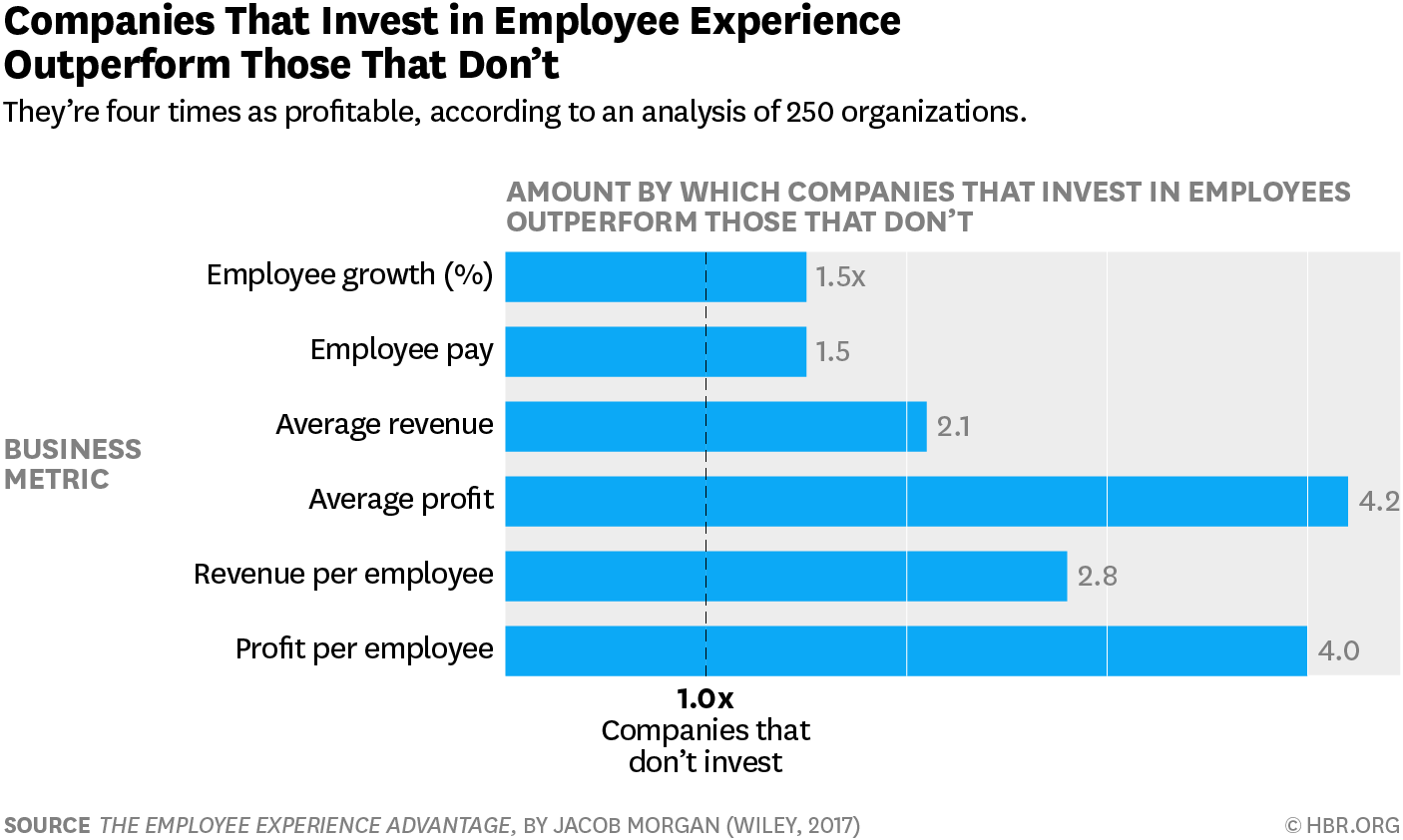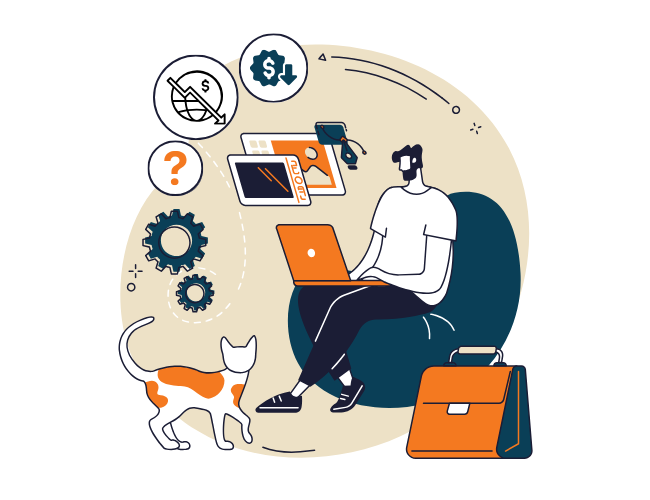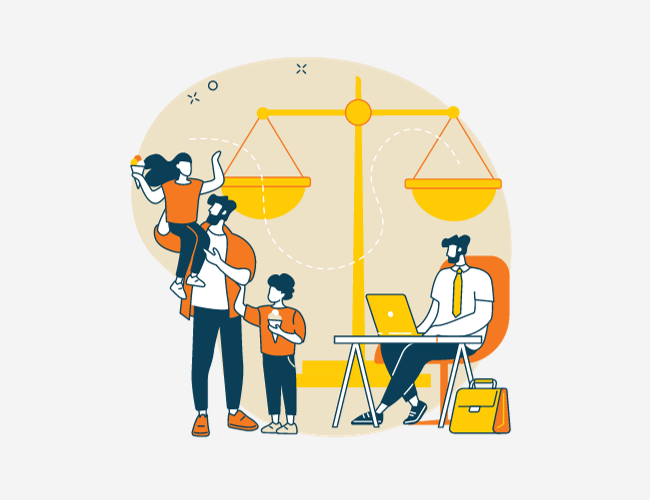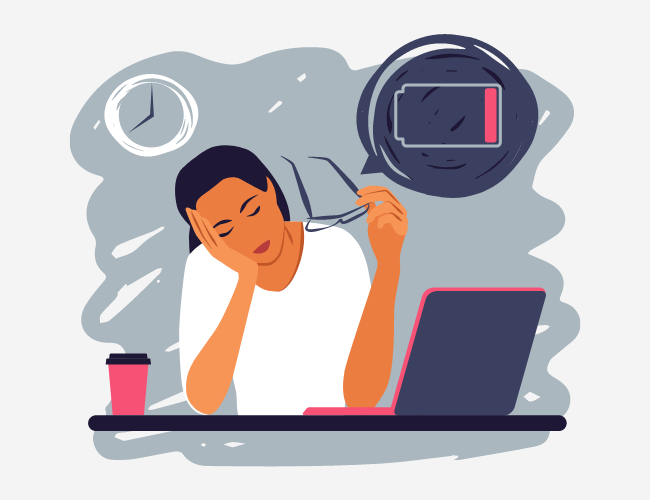In his new book, The Employee Experience Advantage, Jacob Morgan interviewed 150 psychologists, economists, and business leaders around the world and analyzed more than 250 diverse organizations to determine the impact employee experience has on the success of companies. Based on those conversations and analyses, he identified three environments that matter most to employees: cultural, technological, and physical. Specifically, he found that over half the companies were rated poorly by their employees in at least one of the three areas, and 20% got very low scores across the board. Although 23% were making strides in all three areas, just 6% were investing heavily in all three — and those “experiential organizations” (Adobe, Accenture, Facebook, Microsoft, and others) saw performance gains that make a strong financial case for investing in employee experience.
Another interesting finding was how frequently experiential companies (compared with the other companies studied) were included in “best of” lists. Relative to peers not investing in employee experience, experiential companies were 28 times as often among Fast Company’s Most Innovative Companies, 11.5 times as often in Glassdoor’s Best Places to Work, 2.1 times as often in Forbes’s list of the World’s Most Innovative Companies, 4.4 times as often in LinkedIn’s list of North America’s Most In-Demand Employers, and twice as often in the American Customer Satisfaction Index.
Despite these impressive statistics, the most compelling case for employers to invest in employee experience were in quantifiable business metrics. The chart below says it all. Compared with other companies, the experiential organizations had more than four times the average profit and more than two times the average revenue. They were also almost 25% smaller, which suggests higher levels of productivity and innovation.

So what does investing in employee experience really mean? First, it involves thinking long-term so pop-up engagement programs do not work. They temporarily and unsustainably increase engagement. Morgan suggests companies invest in long-term cultural, technological, and physical improvements for employees. His book goes into specific recommendations, including real-time employee feedback programs, beefing up diversity and inclusion efforts, giving employees access to consumer-grade technologies, and building workspaces according to multiple floor plans to accommodate different styles and preferences.
Employee wellness certainly make the list, but it is important to emphasize the long-term. Short, temporary programs may provide brief boosts to performance, but lasting results requires a long-term perspective. In the case of Wellable, we encourage ongoing or continuous programs that are part of a multi-year strategy to improve employee engagement and health. Wellable is a technology and services company, but recognizes the importance of workspaces, which is why a broad strategy includes re-thinking the layout of office spaces.













